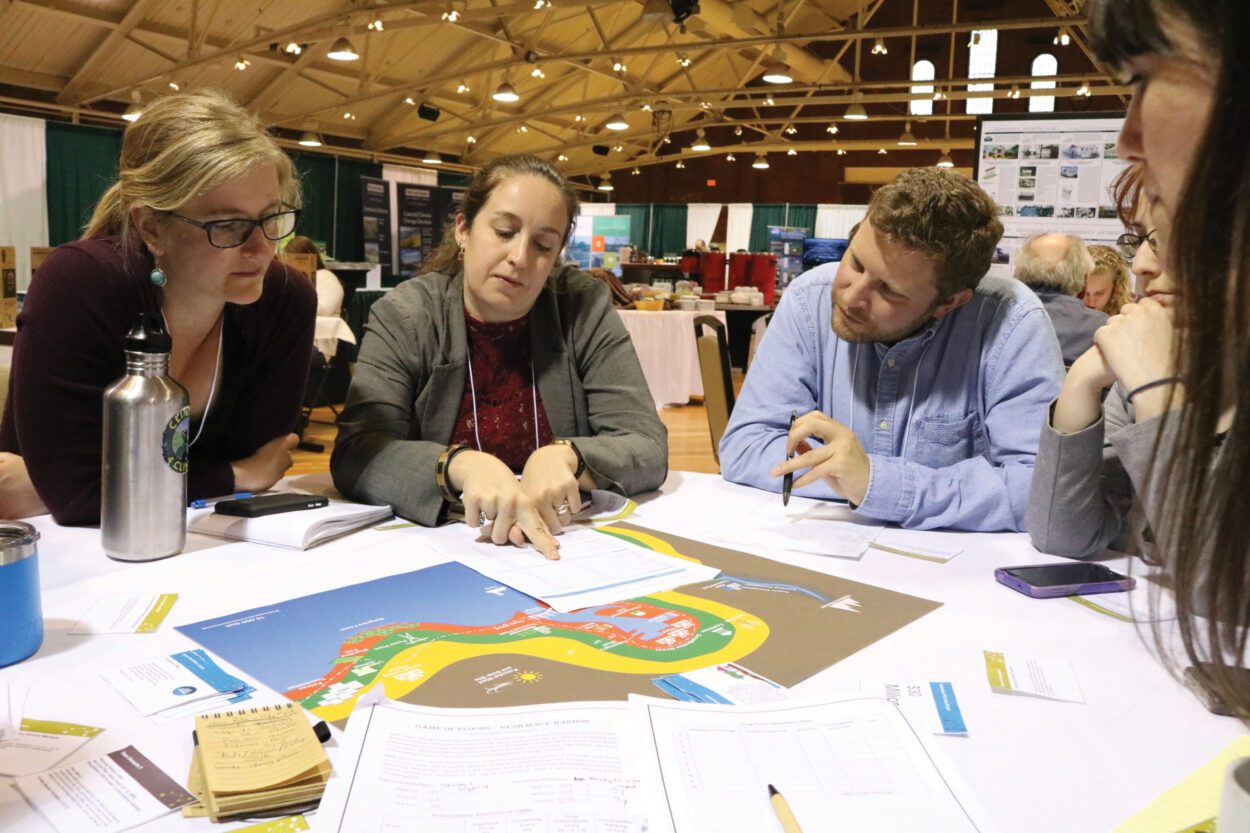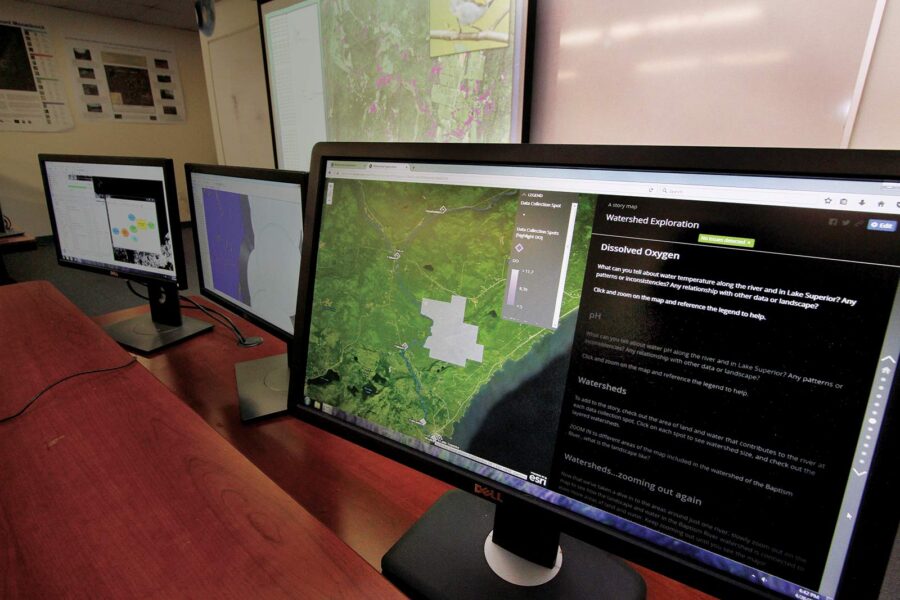from the Center for Climate Preparedness and Community Resilience
While the majority of the American public know the climate is changing and say they are concerned about the impacts, action on the issue is low. This is a result of numerous sociocultural and psychological factors. In particular, people lack personal worry about the issue, and are unsure of specific solutions and their ability to make a positive difference. Here are seven ways we can spur civic engagement to help us achieve the political will and public support for climate resilient communities:
1. Focus on the local
Keep the conversation relevant to folks by talking about local impacts.
2. Pivot quickly from impacts to solutions
Whenever you talk about impacts, make sure you quickly pivot the conversation to the solutions that can be undertaken to address the problem. Individuals are known to disengage from an issue when they are scared or feel disempowered to take action. Switching quickly to solutions helps overcome this “paralysis of fear.”
3. Communicate expert consensus
There is research that posits this is the situation where numbers and figures are effective. Stating that 97 percent of peer-reviewed climate scientists agree the climate is changing and is human-caused actually works.
4. Begin with what audiences care about
Think about the dominant values of your community members and communicate the benefits of climate resilience that emphasize and reaffirm their values.
5. Use language intelligence
Emphasize collective action (talk about what we can do), use repetition, and talk in short words. Avoid the use of acronyms or scientific jargon that is hard for people to understand. Never tell people what they should do using the word YOU. Remind people that we can do this together, and that we are innovative, strong and capable of creating vibrant, strong and thriving communities.
6. Promote practical solutions that are here and now
Reinforce we have many solutions already in our arsenal to tackle this issue. Clean energy is already here and is competitive with traditional fossil fuels.
7. Articulate what will get better if action is taken
State the problem you want to overcome, talk about the solutions and choices you can take for a positive outcome, and always include the multiple benefits our communities will experience by taking action.

Antioch’s Center for Climate Preparedness and Community Resilience, headquartered on the New England campus, works to strengthen communities to prepare, respond, and recover in the face of climate impacts and other disruptions through collaborative, innovative solutions. It delivers applied research, consulting, education, and training. The focus is on stakeholder capacity-building at the local scale and on building community resilience nationally and internationally.
The Center for Climate Preparedness and Community Resilience’s 2018 Eastern Climate Preparedness Conference was held in early May in Manchester, NH. It was a huge success, drawing more than 340 participants from 21 states and Canada. The conference covered a range of climate preparedness and resiliency issues such as sea level rise, urban heat, and both coastal and inland flooding issues.
The conference was hosted in partnership with the National Oceanic and Atmospheric Administration (NOAA). The presentation materials are available to download and review at communityresilience-center.org.



